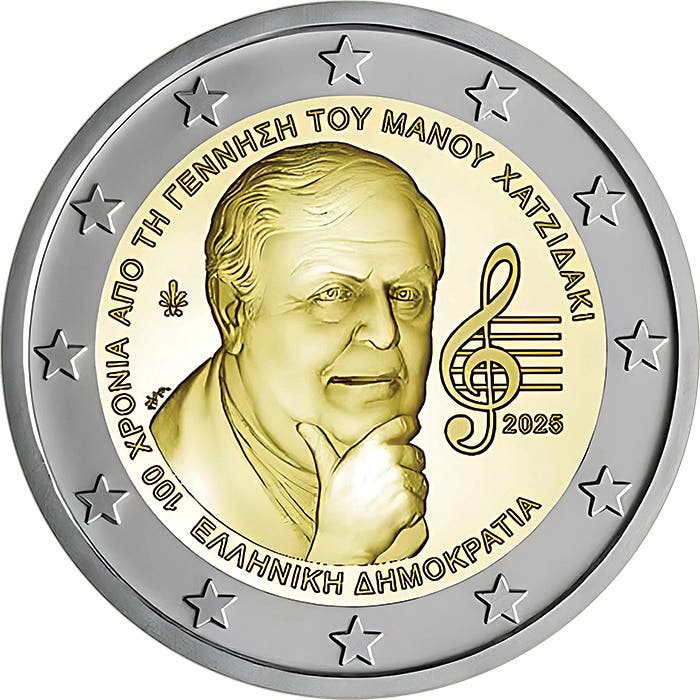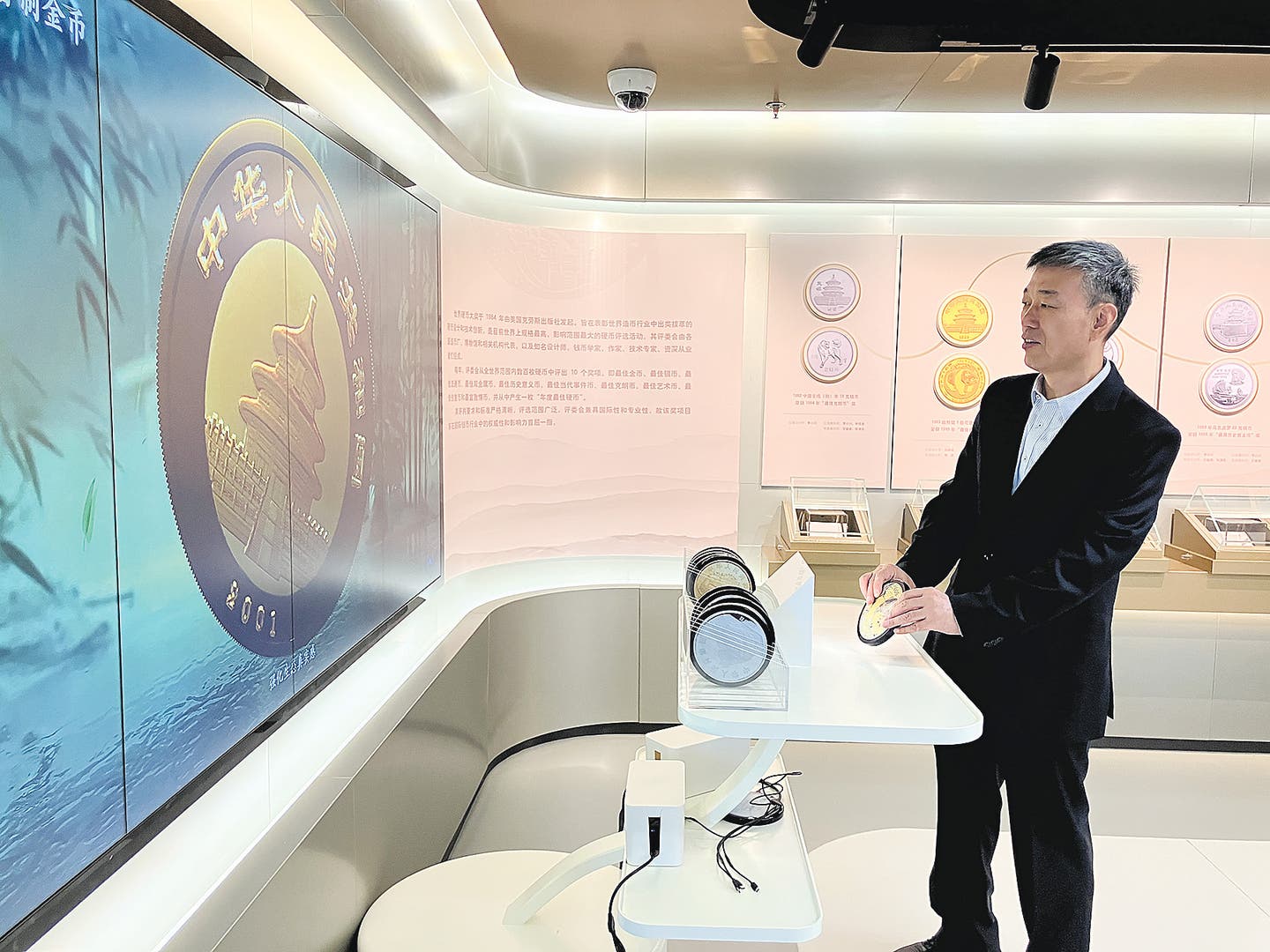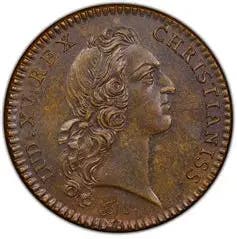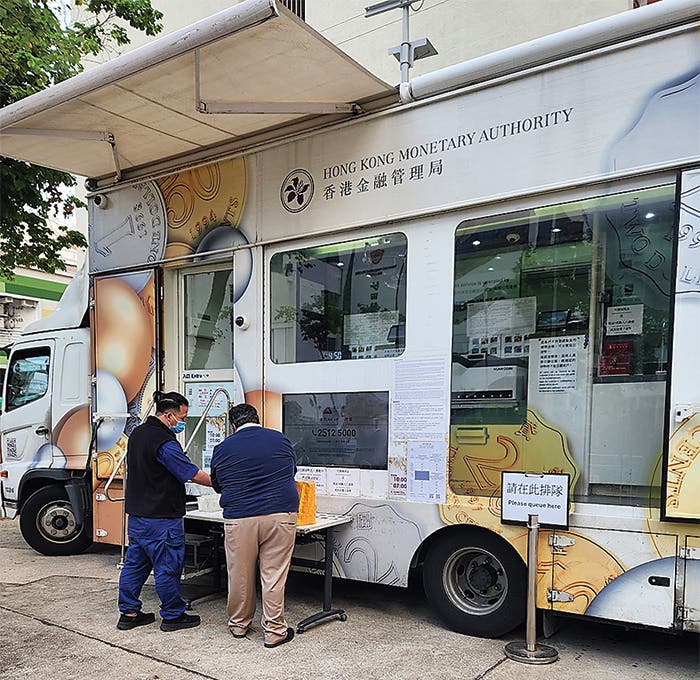Tokyo sale garners top bids for gold
The first joint auction conducted by Spink and Taisei Coins in some decades took place in Tokyo on April 29. The sale brought a great fillip to the Tokyo International…
The first joint auction conducted by Spink and Taisei Coins in some decades took place in Tokyo on April 29. The sale brought a great fillip to the Tokyo International Coin Convention. Coins from Asia, Britain and across the globe all featured among top sellers.
Pre-sale, considerable interest had centered on the 1870-1880 Japanese imperial gold yen. Two Year 3 (1870) 20 yen (Y-13) featured in the catalog. One in AU with a JNDA certificate sold for $43,889 [¥4,800,00]. The other, graded PCGS MS63 AU, realized $46,085 [¥5,040,000].
Both were eclipsed by a Year 13 (1880) reduced-size yen, the key date of the series (Y-9a). In “proof-like” NGC MS63PL, it made an extremely healthy $82,291 [¥9,000,000].
The gold rarities of modern China were much in demand. A five-ounce, 2,500-yuan proof of 1996 celebrating the 14th century Chinese classic “Romance of Three Kingdoms” took $71,319 [¥7,800,000)] graded PR68DCAM. The corresponding five-ounce, 3,500-yuan proof of 1997 made $38,403 [¥4,200,000].
High-grade examples of rarer Chinese lunar coins were also in demand. A Year of the Tiger gold 500-yuan (five-ounce) proof of 1998 managed $46,085 [¥5,040,000] while the 1,000-yuan (12-ounce) proof of the same issue took $71,319 [¥7,800,000].
But it was British gold that prompted the serious action of the sale. It started with a Charles I triple unite struck at Oxford in 1643 (S-2726). This is the variety with LEG instead of LEGIT. Its provenance was impeccable, dating back to Sotheby’s 1903 sale of the Murdoch collection. Graded PCGS AU50, it had no problems achieving $76,804 [¥8,400,000].
It was then the turn of George IV to reach for the sky with a gold 5 pounds arms-and-crowned-mantle proof of 1826 (KM-702, S-3797). In NGC PF63 CAMEO, it raced away to take $153,607 [¥16,800,00].
A couple of Victoria gold 5 pounds settled things down. A Jubilee Head proof of 1887 (KM-769, S-3864) made $46,082 [¥5,040,000] in PCGS PR63DCAM, while pottering a little way behind was an 1893 proof (KM-787, S-3872) that realized $34,013 [¥3,720,000]. A legendary Una and the Lion 5 pound gold proof of 1837 (KM-742; S-3851) then raced to the top. On an estimate of ¥17 million, it had no problems topping the sale with a price of $351,102 [¥38.4 million] in PCGS PR62DCAM.
This is the second-highest price realized worldwide for any single Una and the Lion piece. It could well be the highest price paid for a British coin in Japan.
Two British proof sets demonstrated that the sale venue matters not. Whether it be London, New York or Tokyo, these items are hot.
An 11-coin George IV set of 1826, 5 pounds to farthing (KM702, S-3797S-PS1) that graded PCGS PR63DCAM to PCGS PR62, proved the point with a price of $181,037 [¥19,800,000].
Queen Victoria then underlined the matter with a 10-piece gold and silver set of 1893 (KM-PS13.5, S-PS7). Grading from PR65 DCAM to PCGS PR61, it went out the door for $59,248 [¥648,000].
Among the also-rans, an Elizabeth II 1666 Great Fire of London gold medal of 1966 made $37,305 [¥4,080,000] in NGC MS63 ULTRA CAMEO; a Swiss Helvetia young bust gold 100 francs (KM-39) dated 1925 went for $24,138 [¥2,640,000] in PCGS MS66; and a Russian Nicolas I platinum 12 rubles of 1832-CNB (Saint Petersburg Mint), C-179, managed $65,832 [¥7,200,000] graded PCGS AU58.
Preliminary results point to the final total being well in excess of $3 million, or over $3,500 per lot. Details and prices realized are online at www.spink.com. A premium of 20 percent has been included in all prices shown.
This article was originally printed in World Coin News. >> Subscribe today.
More Collecting Resources
• The 1800s were a time of change for many, including in coin production. See how coin designs grew during the time period in the Standard Catalog of World Coins, 1801-1900 .
• The Standard Catalog of World Coins, 1901-2000 is your guide to images, prices and information on coinage of the 1900s.









